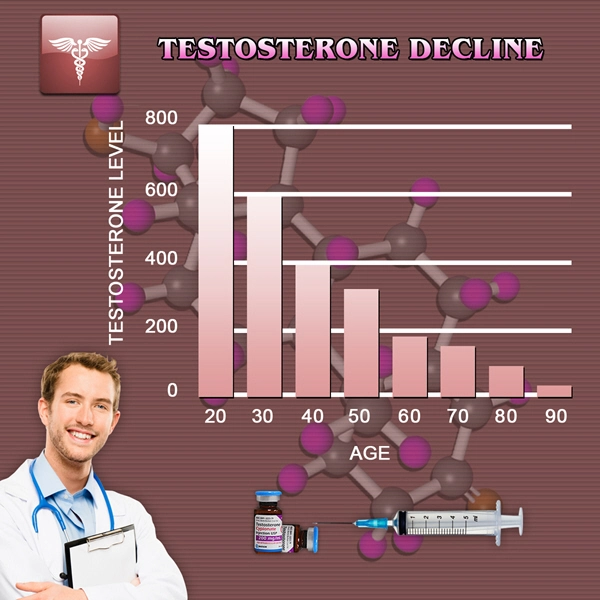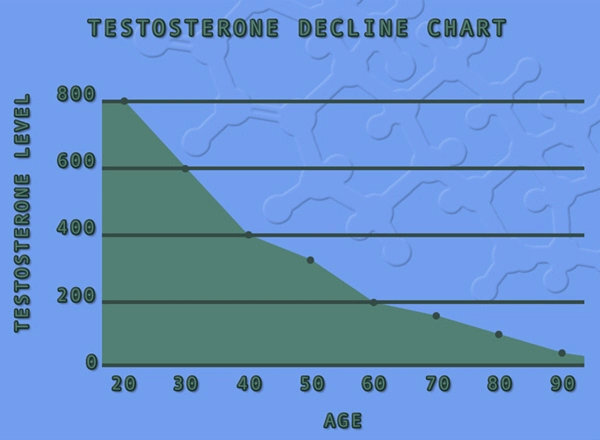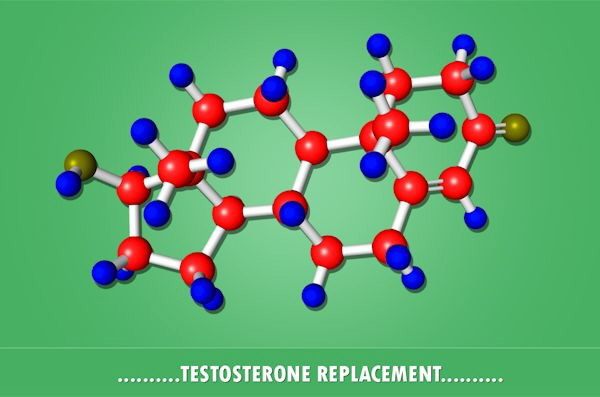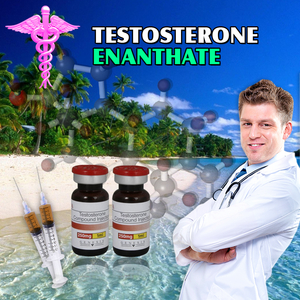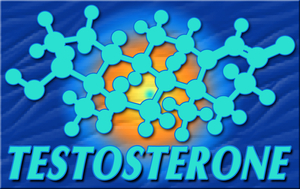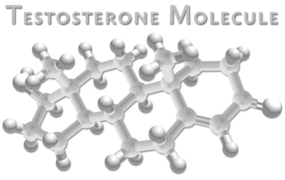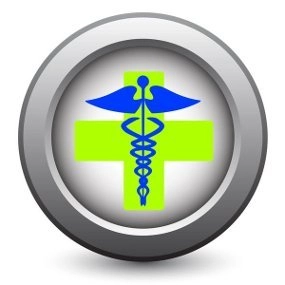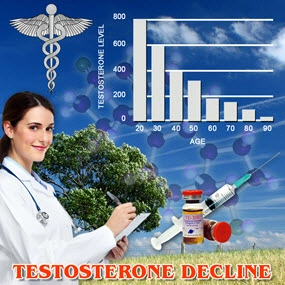
Video Link: https://vimeo.com/296977710
Video Download: Click Here To Download Video
Video Stream: Click Here To Stream Video
Before you can initiate a Bio-Identical Testosterone Restoration Program, you and your Hormone Doctor will have to discover your underlying Testosterone Levels. This simple piece of information can be revealed during a Hormone Blood Panel, which is conducted with a blood sample that you provide during your initial appointment with one of our Hormone Specialists in Your Area.
How Are Testosterone Levels Measured?
Testosterone is measured in either nmol/L (nanomoles per liter) or ng/dL (nanograms per deciliter) in regard to your Total Testosterone Levels. If you're interested in the math, there are one billion nanograms in a gram. It really doesn't take much Testosterone to provide major benefits.
Your Total Testosterone Concentration is determined in a lab test of your blood sample, and will provide the evidence needed to discover if you qualify for Testosterone Optimization Treatment, and the dose of Testosterone that will be necessary for you to restore normal Testosterone Levels.
When Does Low Testosterone Become Symptomatic?
The exact levels will depend on the patient, but generally, most men will experience at least some adverse symptoms of Low-T at around 500 ng/Dl. Patients will start to experience significant and severe issues at around 250-300 ng/Dl, which are associated with a deteriorating quality of life.
Why Is It Important to Measure Testosterone Levels?
L ow-T is a complex disorder which affects many aspects of human health. Simply based on the symptoms, it is not possible to provide a confident diagnosis of Testosterone Deficiency. With a simple blood test, however, it is possible to provide sufficient evidence of hypogonadism and Andropause to initiate therapy to correct the Hormone Deficiency.
ow-T is a complex disorder which affects many aspects of human health. Simply based on the symptoms, it is not possible to provide a confident diagnosis of Testosterone Deficiency. With a simple blood test, however, it is possible to provide sufficient evidence of hypogonadism and Andropause to initiate therapy to correct the Hormone Deficiency.
Why is it Important to See a Hormone Doctor?
By going to a Hormone Physician and undergoing the appropriate testing, you ensure that you get the exact treatment to correct your underlying malady, whether your symptoms are the result of Low-T or some other serious medical disorder.
This is one of the main reasons why it is vitally important that you obtain Real Testosterone via legitimate Prescription. By taking Testosterone without proper diagnosis, you may be covering up a medical condition that will not be sufficiently treated through Testosterone alone.
It's also important to undergo testing prior to initiating Testosterone Restoration in order to make sure you get the exact dose that you need. It's also important to undergo follow-up evaluation 2-4 times per year to ensure that your dose is providing the benefits you're looking for without providing too much Testosterone.
How Safe is Andropause Low-T Treatment?
Testosterone Restoration Therapy is incredibly safe when taken responsibly, but overdose significantly increases the risk of side effects and complications from Low-T Treatment, and regular testing is a sure-fire way to prevent these Testosterone-Related Medical Issues. On the other side of the coin, if you aren't getting enough Testosterone during treatment, you won't receive the optimal benefits of therapy. If you're getting treated, you want to get your money's worth, right?
Every patient has different Testosterone needs, and Natural Testosterone Concentrations will continue to fall over time, necessitating tweaks to your prescription.
How is Testosterone Manufactured by the Human Body?
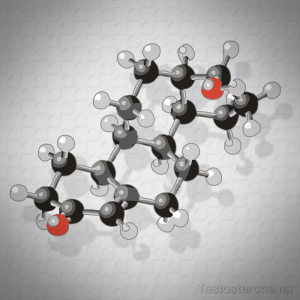 Both sexes produce Testosterone, although obviously, men produce Testosterone in much higher concentrations. For males, Testosterone is synthesized and secreted in the largest quantity by the testes, but the adrenal glands also contribute to Testosterone Production. For women, Testosterone is produced primarily by the adrenal glands and the ovaries.
Both sexes produce Testosterone, although obviously, men produce Testosterone in much higher concentrations. For males, Testosterone is synthesized and secreted in the largest quantity by the testes, but the adrenal glands also contribute to Testosterone Production. For women, Testosterone is produced primarily by the adrenal glands and the ovaries.
The testes, ovaries, and adrenal glands are responsible for the manufacture of Testosterone, but ultimately, the signal for the hormone comes from the pituitary gland, which sends a precursor hormone known as Luteinizing Hormone, which directly stimulates the testes and other organs to produce Testosterone.
What Causes Low-T?
There are 3 primary classes of Testosterone Deficiency: Primary Hypogonadism, Secondary Hypogonadism, and Tertiary Hypogonadism.
- Primary Hypogonadism is the result of under-performing testes, ovaries, and/or adrenal glands
- Secondary Hypogonadism is the result of an underperforming Pituitary Gland
- Tertiary Hypogonadism is the result of issues relating to the Hypothalamus
Common Causes of Primary Hypogonadism:
- Cancer Treatment - Radiation or chemotherapy can harm the cells in the testes which produce Testosterone, known as Interstitial Cells. This damage can be permanent in some cases, but often, Testosterone Production increases over time as healing takes place.
- Scrotal Injury - If one experiences damage or trauma to the testes due to injury, this can interfere with Testosterone Production. In most cases, the human body can adapt to one healthy testes, but if both are damaged it can cause major problems.
- Undescended testicles -If the testes do not leave the abdomen during fetal or early development, this can inhibit healthy Testosterone Secretion.
- Genetic Abnormality - Certain genetic conditions such as Kleinfelter's syndrome can disrupt normal Testosterone Synthesis in males.
- Mumps - This condition, which is all but eradicated in the United States, can lead to inflammation of the testicles. If experienced during adulthood or puberty, it can lead directly to Testosterone Deficiency.
- Ovary Removal or Ovary Failure - In women, Testosterone is mainly produced by the ovaries, and any medical issue with the ovaries can contribute to Feminine Low-T
- Andropause / Menopause -Testosterone Production Declines with Aging, which, over time, may lead the patient to no longer produce enough of the hormone to meet the body's needs.
Forms of Secondary and Tertiary Hypogonadism
- Non-Prescription Steroids - Low-T and Hypogonadism can result from the abuse of Steroids.
- Inflammation Caused by Medical Conditions - AIDS/HIV, Sarcoidosis, and Tuberculosis may hinder Pituitary Function.
- Blood Circulation Issues - If the brain doesn't receive enough oxygen, the Hypothalamus or Pituitary may under-perform.
- Genetic Abnormalities - Genetic conditions such as Kallman's Syndrome can leave the Hypothalamus permanently malformed.
- Pituitary Gland Damage - Any trauma to the pituitary can hinder Testosterone Production, including surgical or radiation treatment of tumors in and around the pituitary.

How to Treat Andropause and Low-T
Testosterone Deficiency is treated simply through the prescription of Testosterone Restoration Therapy by a Hormone Specialist. There are many effective means of Testosterone Therapy (including patches, creams, gels, and injections, which you can select based of your needs and preferences. Simply by following the instructions of your HRT Physician, you can experience the amazing benefits of Low-T Treatment all for yourself!
Contact Us Today For A Free Consultation

Word Count: 1052

